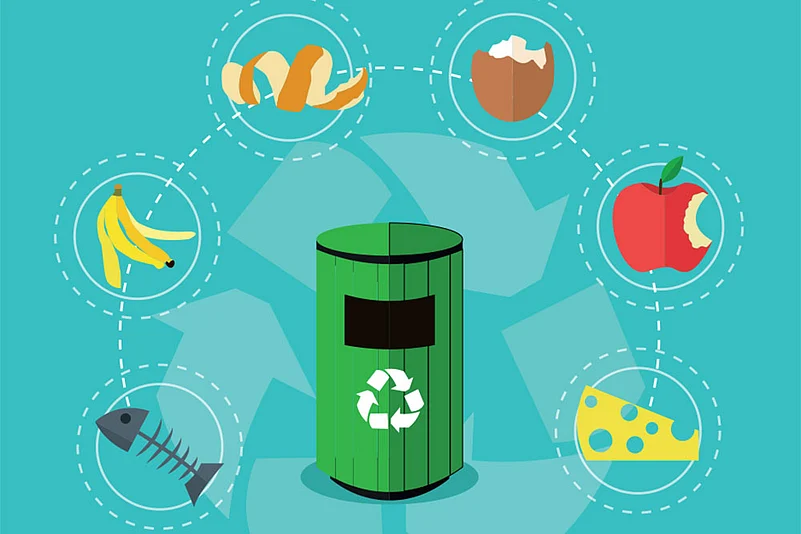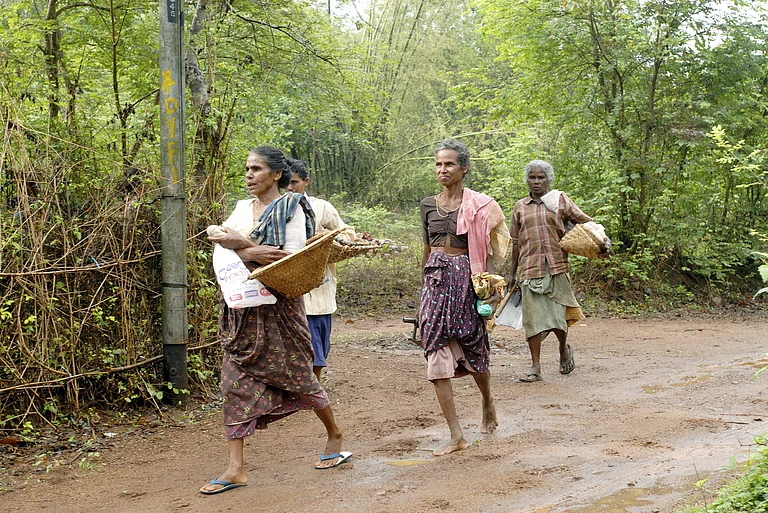The UK Committee on Climate Change (CCC) states that land use “identifies how people use the land, like for housing, transport, recreation, agriculture, conservation. There are different ways to measure this, which include area, condition of habitats, types of farming, conservation areas, etc.” For example, in the UK, grassland account for the highest (31%), followed by cropland (26%), rough grazing (17%), forestry (13%), and urban and developed land (8%). Hence, roughly three-fourth of the land is used for directly or indirectly for agriculture — crops and grazing. There is a crying need to free up this land, and that too in a manner that can sustainably reduce greenhouse gases’ emissions.
According to the CCC, there were four options before the policy makers to achieve this objective:
Improve Agricultural Productivity
The Netherlands adopted a policy-cum-technology route. Two decades ago, it announced its commitment to produce “twice as much food using half as many resources,” and today “ranks as the second largest food exporter in value terms, behind the US, but with only fraction of the land.” In addition, the nation adopted innovative practices, which included the “use of drones over potato fields to monitor soil, nutrient, and water conditions, and growing most of its horticulture products in climate controlled greenhouses. This has reduced the need for water, soil, pesticide, and inorganic fertiliser, and produced high-yielding crops.”
Move Horticulture Indoors
The idea is to use “artificial light, water, humidity, temperature, and nutrients, all of which are carefully controlled in order to maximise plant growth and avoid losses that could occur when grown on land due to adverse weather conditions and pests.” In the UK, experiments with ‘speed breed’ varieties, and the use of LED technology to mimic solar radiation led to quicker harvesting of wheat — “after 80 days, which could on average produce four to five crops a year,” instead of just two outside. However, the high electricity costs of the LED “makes this system uneconomic for the lower value crops such as wheat and grains,” but works for high-value salad crops.
Shift Diet To Healthier Eating
Diets that focus on meat and milk constitute a “large source of agricultural emissions,” both direct (from the animals) and indirect (growing their feed). The UK’s ‘Eatwell Guide” has the potential to reduce red meat consumption of beef by 89%, lamb by 63%, and dairy products by 20%. Essentially, meat protein is replaced by plants — through increased consumption of pulses and legumes by 86%, and those of fruits and vegetables by 54%. In addition, the diet of of beef and lamb can be replaced by one of pork and chicken.

Reduce Food Waste
Such waste is created at all levels — households, manufacturing-related supply chain, hospitality and food service, and retail. At least in the UK, and this may be true for most countries, the households account for the largest share (70%), followed by manufacturing (17%), hospitality (9%), and retail (2%).


























